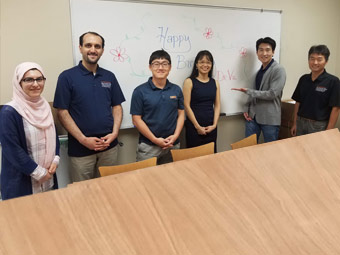Document Type
Article
Publication Date
4-14-2020
Abstract
To address regional flooding in the United States, federal and state agencies are adopting strict drainage policies in any large-scale commercial development within the watershed boundary. The conventional approach of implementing a wet detention pond (WP) reduces the land cover and causes operation and maintenance challenges eventually. The present study developed a decision-support system (DSS) in the Lower Rio Grande Valley region of South Texas for optimal selection of Best Management Practices (BMPs) by substituting a portion of the WP footprint with three regionally promising low-impact development practices, namely, porous concrete pavement (PCP), bioretention (BR), and bioswale (BS). Source Load Assessment and Management Model for Windows (WinSLAMM) was used as the foundation for the DSS database and algorithm development. This tool suggested that the implementation of bioswale alone can considerably reduce the footprint and construction cost. Less than 0.95 ha of installation of BR and BS can mitigate 79–91% of runoff from a maximum of 5 ha of commercial development. A combination of BR, BS, and WP was found to reduce runoff significantly (~100%), which suggests that the successful adoption of DSS might support better planning of the urban stormwater management in the Lower Rio Grande Valley (LRGV).
Recommended Citation
Guerrero, J., Alam, T., Mahmoud, A., Jones, K. D., & Ernest, A. (2020). Decision-Support System for LID Footprint Planning and Urban Runoff Mitigation in the Lower Rio Grande Valley of South Texas. Sustainability, 12(8), 3152. https://doi.org/10.3390/su12083152
Creative Commons License

This work is licensed under a Creative Commons Attribution 4.0 International License.
Publication Title
Sustainability
DOI
10.3390/su12083152
Included in
Civil Engineering Commons, Emergency and Disaster Management Commons, Environmental Studies Commons, Urban Studies and Planning Commons



Comments
Original published version available at http://dx.doi.org/10.3390/su12083152